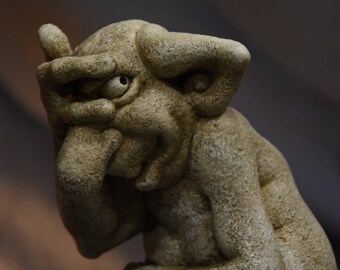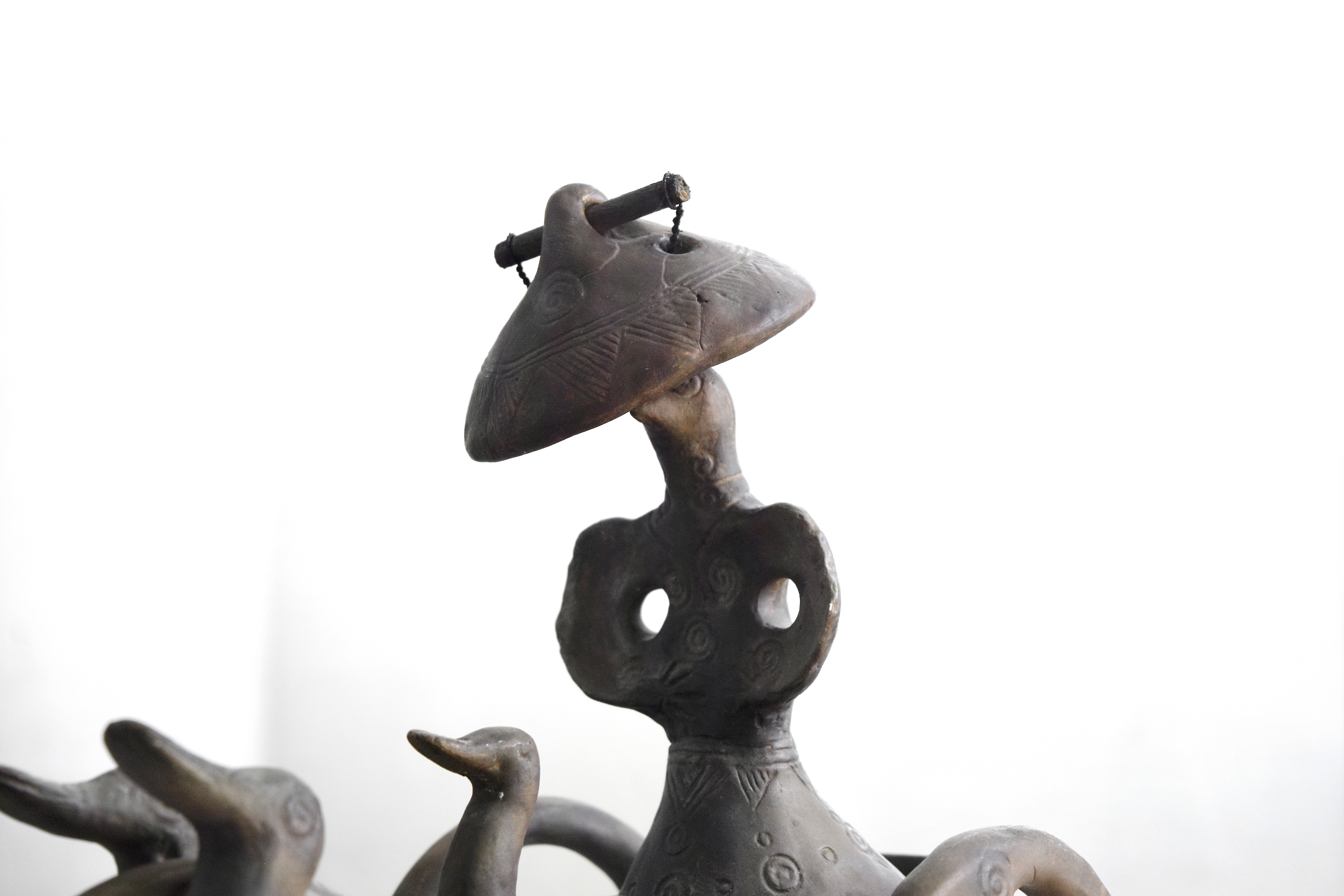

Aside from the sculpture, for instance, the term has been used to describe the search for the abnormal or the representation of caricature. The meaning and use of the grotesque is also changing in architecture. They also argued that it perpetuated superstition instead of articulating what is real or the truth. Some critics, such as Frances Barasch, dismissed the use of the grotesque as an idle toy and not of any great use. It fell to the sculptors not only to present the stories of the Bible but also to portray the animals and beings who populated the folklore of the times. Key architects that often included grotesques as a feature in their designs included Brunelleschi and Gundulf of Rochester.īridaham, in his book Gargoyles, Chimeres, and the Grotesque in French Gothic Sculpture, pointed out that the sculptors of the gothic cathedrals in the twelfth and thirteenth centuries were tasked by the Pope to be "preacher in stone" to the illiterates who populated Europe at the time. This meant that the widespread emergence of grotesques also often converged with popular art styles that existed at the time, especially the combined rise of the gothic style and the addition of grotesques in architecture. Historically, grotesques have also had significant design influence from sculptural trends and often their architects were originally sculptors or artists. Prominent examples of preserved grotesques exist on buildings such as the Florence Cathedral and Notre-Dame de Paris. They commonly exist on high ledges and rooftops and are frequently positioned out of view from common areas. Despite their presence in religious spaces, their anthropomorphic designs are largely not directly religious and instead are often more whimsical without religious connotations. Grotesques are predominantly carved into buildings of religious significance, in particular churches and cathedrals. Many scholars describe grotesques as being used to ward off evil and as reminders of the separation of the earth and the divine.

Although grotesques typically depict a wide range of subjects, they are often hybrids of different mythical, human, and animalistic features.

They have historically been a key element of architecture in many periods including the Renaissance and Medieval periods and have stylistically developed in conjunction with these times. Grotesques often depict whimsical, mythical creatures in dramatic or humorous ways. This word is derived from the Italian word babuino, which means " baboon". In the Middle Ages, the term babewyn was used to refer to both gargoyles and chimerae. Grotesque are often called gargoyles, although the term gargoyle refers to figures carved specifically to drain water away from the sides of buildings. A chimera is a kind of grotesque in which the figure is a combination of animals (including humans). In architecture, a grotesque ( / ɡ r ə ʊ ˈ t ɛ s k/) or chimera ( / k ʌ ɪ ˈ m ɪ ə r ə/) is a fantastic or mythical figure carved from stone and fixed to the walls or roof of a building.

Grotesques on a church in Gouézec, France Grotesque on Nidaros Cathedral, Trondheim


 0 kommentar(er)
0 kommentar(er)
